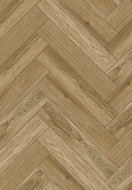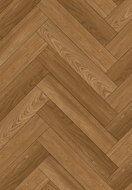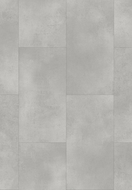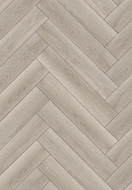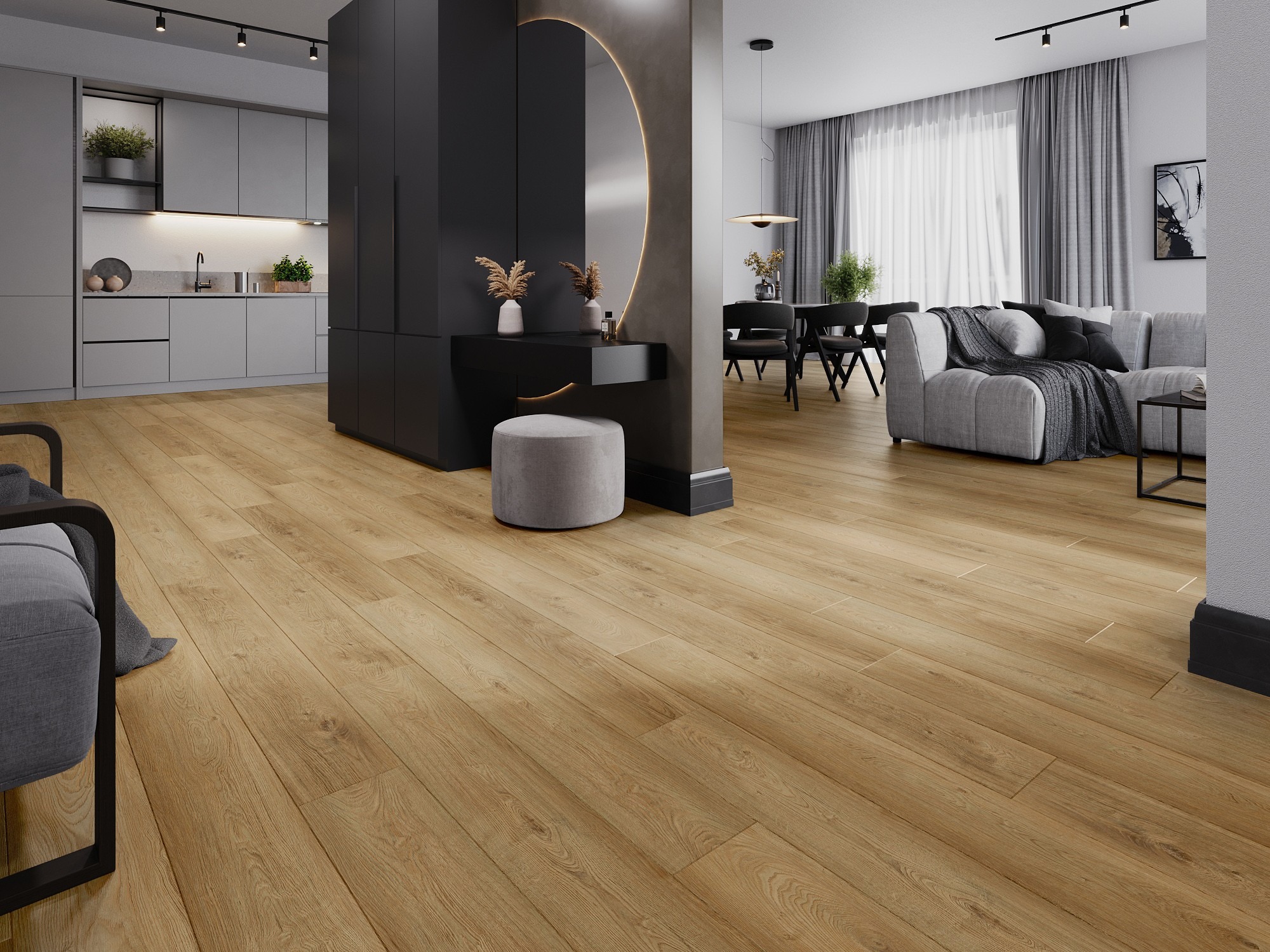
Laminate or vinyl panels — this is a choice that everyone renovating a flat or house must make. Everyone is looking for a durable, economical, and easy-to-install flooring solution. By finding out how vinyl panels differ from laminate ones, you will make an informed decision.
What will you learn from this article?
Floor panels are a popular choice for many rooms in houses and flats. Years ago, laminates were the predominant choice. Currently, polyvinyl chloride panels enjoy much greater popularity. From this article, you will learn:
How laminate panels are constructed compared to vinyl ones.
Which panels are compatible with underfloor heating.
Which are better: laminate or vinyl floor panels.
What distinguishes vinyl panels?
Both homeowners and renters currently often choose vinyl panels. They are available in many attractive shades and textures, allowing them to be easily matched to almost any interior design. Check how to choose floor colour to match furniture to enjoy the best visual effect.
Vinyl panels consist of several layers, which contributes to their durability, water resistance, and high flexibility:
Top layer, or protective coating — known for resistance to wear, scratches, and moisture. Some models have an anti-slip coating, ensuring safe use, which is especially important in the bathroom and kitchen.
Decorative layer — this is a realistic print, perfectly imitating various materials. At Mexen, you'll find vinyl panels with structures like concrete, brick, oak, stone, fir, terrazzo, and walnut. You can choose from white, brown, natural, and grey shades.
Middle layer, or core — made of reinforced SPC composite, influencing panel stability.
Bottom layer — many vinyl panel models have an acoustic underlay that reduces noise and enhances user comfort.
What are the characteristics of laminate panels?
Laminate panels are loved for their durability, attractive price, and beautiful appearance. They are easy to install and available in many designs and colours. Like vinyl panels, they consist of several layers:
Top layer — made from transparent melamine resin. Its task is to protect the surface from abrasion, moisture, and scratches.
Decorative layer — gives panels a natural look. Laminated surfaces typically imitate stone and wood.
Core — made from HDF board, increasing durability and resistance to deformation.
Bottom layer — Its task is to stabilize the panels and improve acoustic insulation.
Laminate or vinyl panels — water resistance
Water resistance is an important factor when choosing flooring, especially for bathrooms and kitchens. Many people ask whether vinyl panels are suitable for bathrooms. It turns out they are 100% waterproof due to being made from synthetic materials, such as polymer-stone composite or plastic. They do not swell or deform when in contact with water, making them suitable for all rooms with increased humidity. Additionally, the material is easy to clean. Vinyl can be wet-cleaned, even with a steam mop.
In the case of laminate floors, you have two options:
Traditional laminate panels are not waterproof because they have an HDF core, which absorbs water very well. During prolonged contact with water, they may become deformed.
Waterproof laminate panels — they are equipped with a special hydrophobic coating and have sealed locks, so water does not pass between the panels for several hours. Laminated floors are not fully waterproof, and the mentioned protection only works up to a maximum of 24 hours. Laminated surfaces should not be used in bathrooms, where humidity is always very high.
Conclusion: The best solution, if water resistance is important to you, is vinyl panels.

When choosing a floor, check which floor panels are compatible with underfloor heating
Underfloor heating is currently used in many Irish homes and flats. There is interest in whether vinyl panels work well with underfloor heating. The good news is that both laminate and vinyl panels can be used with underfloor heating. Differences lie in heat conductivity and resistance to variable temperatures.
The thermal efficiency of laminate panels is lower than that of vinyl ones. The HDF board core has insulating properties, which limits heat penetration. This means the room heats up much slower. Importantly, installation requires the use of expansion gaps, as the panels expand and contract with temperature changes.
Vinyl panels are a much better choice for underfloor heating. They are highly energy-efficient and heat up the room quickly. They effectively conduct heat and are more stable than laminated products. They do not swell or deform under the influence of variable temperatures.
Vinyl or laminate flooring — durability
When considering vinyl or laminate floor panels, you can be sure that both solutions are characterised by good resistance to daily use. However, attention should be paid to their resistance to wear, scratches, and mechanical damage.
The durable top layer made of melamine resin, as found on laminate panels, makes them resistant to wear. The most durable panels have an abrasion class of AC6. They are intended for intensive, commercial use.
Vinyl flooring is flexible but thinner than laminate. At Mexen, you'll find panels with an abrasion class of AC4, which is completely sufficient for home use and moderate traffic.
Vinyl vs laminate panels — price difference
The price of laminate or vinyl panels depends on many factors. The quality of the material, thickness, and installation method are of primary importance. Vinyl flooring or laminate panels are available at different prices. Most often, however, laminate products are cheaper. This is due to lower production costs. Although more expensive, finishing the floor with vinyl panels, provides high water resistance, especially in rooms like bathrooms or kitchens. Their price at Mexen starts from €68.99/m2.
Laminate or vinyl panels — which is better?
If you're wondering whether to choose vinyl or laminate panels, opinions on both solutions are very positive. What matters most are your needs and the requirements of the room where you want to install the floor.
Consider that only vinyl panels can be used in bathrooms and kitchens. Find out how to cut vinyl panels to achieve the best visual effect. Their surface is 100% water-resistant. They are flexible, quiet, and warm, but may be susceptible to minor scratches. Laminate panels, on the other hand, are noisier, but cheaper and harder.



















